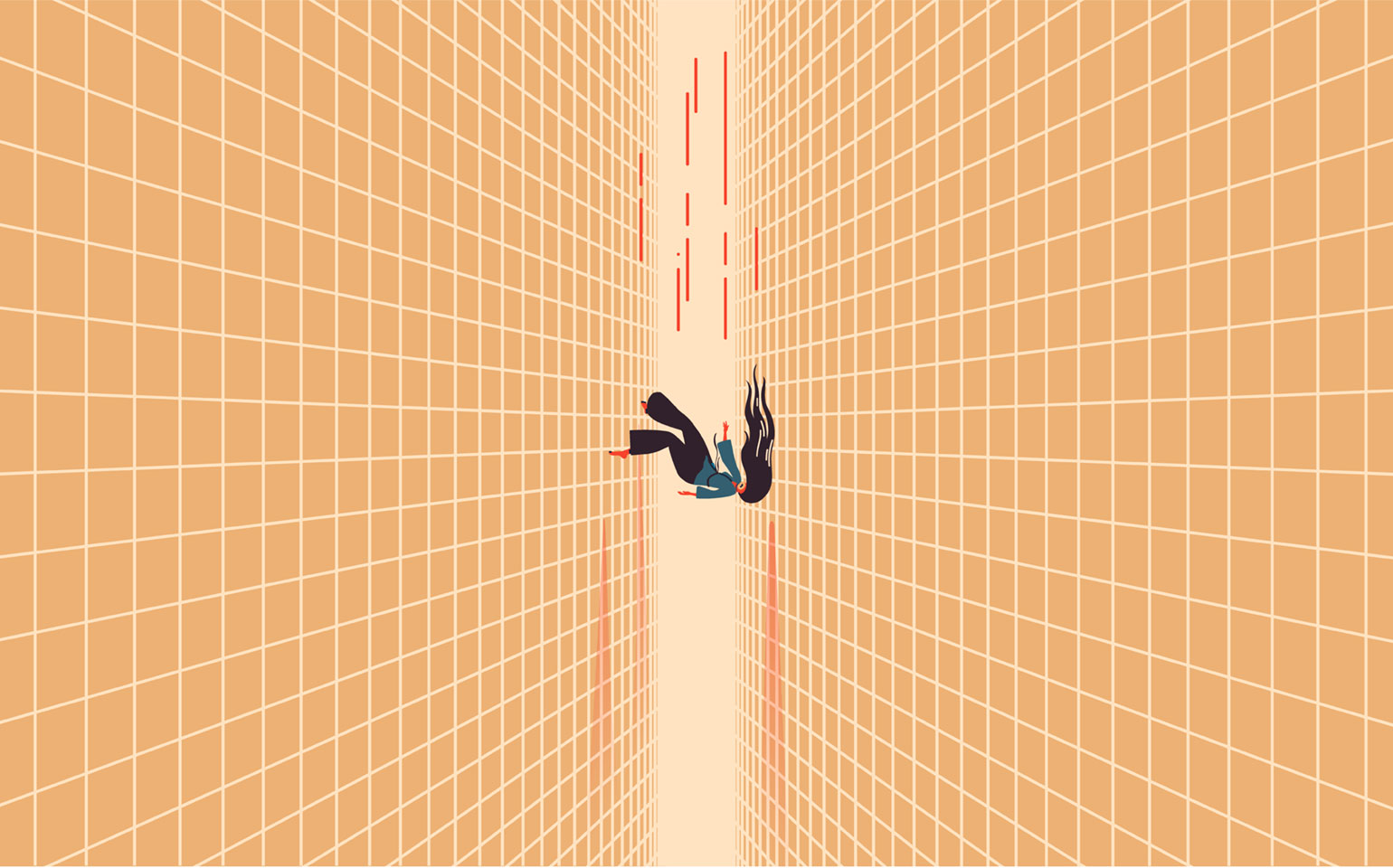
The Anxiety That No One Talks About
When the word “anxiety” comes up in any situation, I will often think of social anxiety. Social Anxiety Disorder is a condition that can stem from abuse, bullying, controlling parents, and other traumatic events. However, one type of anxiety that does not get as much attention is Generalized Anxiety Disorder (GAD). Generalized Anxiety Disorder is when you are constantly worrying about anything and everything. This type of anxiety stems from being unable to cope well with your internal stress. On the other hand, Social Anxiety Disorder is not being able to cope with the stress of social situations. Generalized Anxiety Disorder may not be as talked about as Social Anxiety Disorder because of how common it is thanks to stress factors like family, the future, self-expectations, school, or work that it’s almost overlooked. It is also not as noticeable as Social Anxiety Disorder and can easily be hidden or brushed off as everyday stress that will eventually disappear.
What happens when that stress builds up? Prolonged stress that leads to an untreated Generalized Anxiety Disorder can affect you in every way possible. When I started high school in September 2020, the stress I put myself under due to high self-expectations became increasingly hard to cope with. I pushed myself to the limit to succeed at my highest potential and broke myself in the process.
My constant worries resulted in extreme hair loss, mental breakdowns, irritability, and restlessness. During the summer and winter breaks, I would give myself an outlet through different sports and activities such as basketball, running, boxing, and strength training. However, once school started again, I continued my path of self-destruction by stressing myself out and refusing to take the time for stress-relievers on a more regular occurrence. When I transitioned from grade 9 to 10, I was permanently back in school after on and off distance learning due to COVID-19. As a result, teachers became less lenient on exams and assignments, meaning that I faced more pressure from myself as I needed to do better than I did the year prior. Of course, this made me even more stressed and anxious at the mere thought of failure. I would push myself to the limit and then allow my body a short time to recover before repeating this cycle until I achieved perfection.
Unfortunately, this is often the case for many teenagers who feel the pressure to do well, whether it be pressure from their parents, friends, and peers, or themselves. As a result, stress is so common that it has almost become a norm among students. So much so that when that prolonged stress becomes an anxiety disorder, some teenagers may not even realize it. Some physical symptoms of GAD such as gastrointestinal distress, which is a pain in the stomach due to worry, are often brushed off as a common stomach bug or ache. Headaches and migraines often associated from GAD, are assumed to be because of a lack of sleep. Even emotional indications of GAD such as feelings of dread, irritability, guilt, shame, and pessimism are ignored or blamed on the person.
Whether or not you have GAD, we all experience stress from time to time which can harm us both physically and mentally. Most of the time, stress cannot be avoided, which is why we must be consistent in keeping up with our mental health to manage stress and anxiety healthily.
An example of a helpful coping mechanism is to always have a schedule. Whether you prefer a loose schedule or a meticulously planned one, a schedule will give you structure that will prevent you from worrying about what might happen in the future.
Eating healthily is another factor when dealing with GAD. What we put in our bodies will affect how we feel, and food should be giving us the strength to be productive. People who suffer from GAD will often overeat or not eat because of stress, which affects their physical health. However, what you put in your body matters and once you start eating healthy, you’ll notice your energy levels will go up while your stress levels will go down. A final coping mechanism which is beneficial to many is physical activity. According to the US Department of Health and Human Services, “Children and adolescents ages 6 through 17 years [should] do 60 minutes (1 hour) or more of moderate-to-vigorous physical activity daily”. This should help teenagers suffering with GAD or prolonged stress release stress hormones like cortisol. Sometimes worries that seem insignificant affect you without you even realizing it. Once these worries become out of control, it can be difficult to reel them back in and protect yourself from being physically and mentally harmed by stress. However, if we learn to take care of our mental health as we take care of our physical health, we can combat things like stress and Generalized Anxiety Disorder safely and healthily.



